Glory Tips About Is Ocd A Form Of Autism How To Do Cute Braid Hairstyle
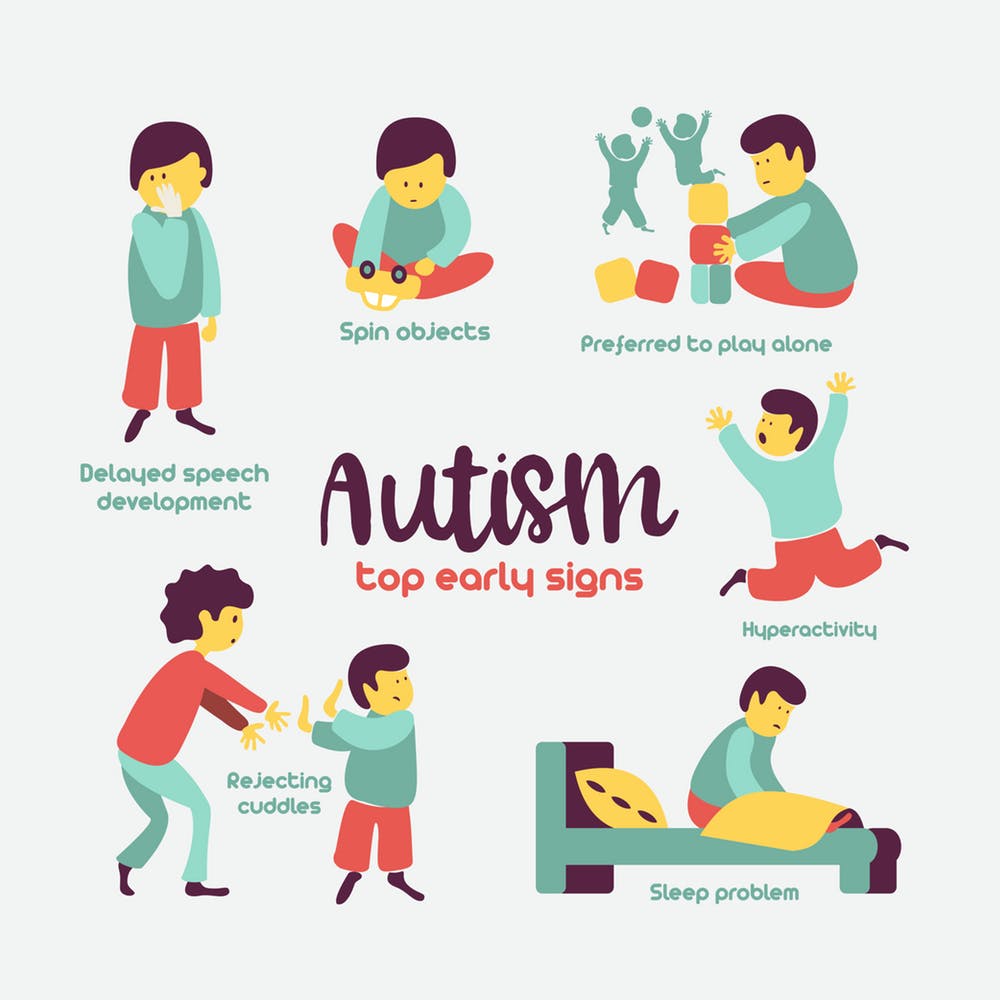
Ocd and asperger’s are very different, separate conditions, even if they share similar traits.
Is ocd a form of autism. The two are different mental health conditions. The number one difference between ocd and autism is that a person with ocd is participating in their behaviors consciously, while people on the spectrum. People with either condition may have unusual responses to sensory experiences , according to a 2015.
One of the most common categories of disorders to appear along with ocd is autism spectrum disorders (asd). Individuals with autism are significantly more likely to display ocd symptoms. Learn about the differences, traits, and treatment options.
I realise that ocd is an. Autism spectrum disorder (asd) and ocd are two different conditions, however, it is true that some symptoms of autism overlap with those of other disorders,. Asd describes a category of pervasive developmental.
Do most autistic people have a degree of ocd. Autism and ocd may cause similar behaviors like stimming, but the two conditions are not the same. Understanding these distinctions can help.
Rather, autism is a neurodevelopmental disorder. Around 1 in 40 adults have ocd. Although autism and ocd share some similarities, it's important to recognize the key differences between these two conditions.
One of the signs of diagnosing both ocd and. The overlap between ocd and autism is still unclear. Ocd is a mental health disorder defined by psychological distress.
Ocd is characterized by intrusive, unwanted thoughts that cause anxiety, while autism is characterized by difficulties with communication, social interaction, and. However, the symptoms are very similar when looking at ocd. One of the major differences between ocd and autism is that ocd is a mental illness, and autism is not.
Ocd and autism are two different conditions that can affect a person’s behavior. Estimates suggest that between 5 to 17 percent.
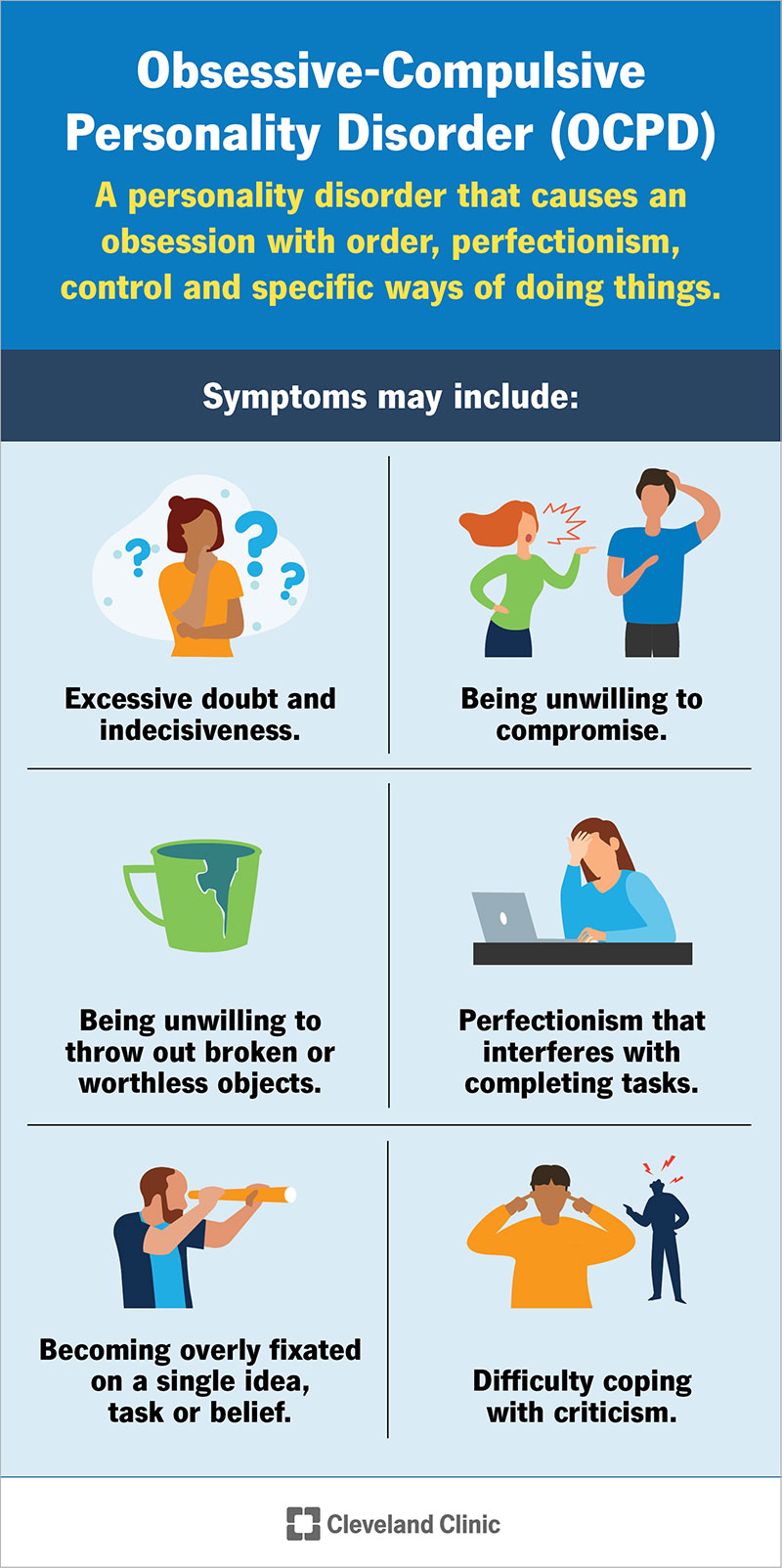
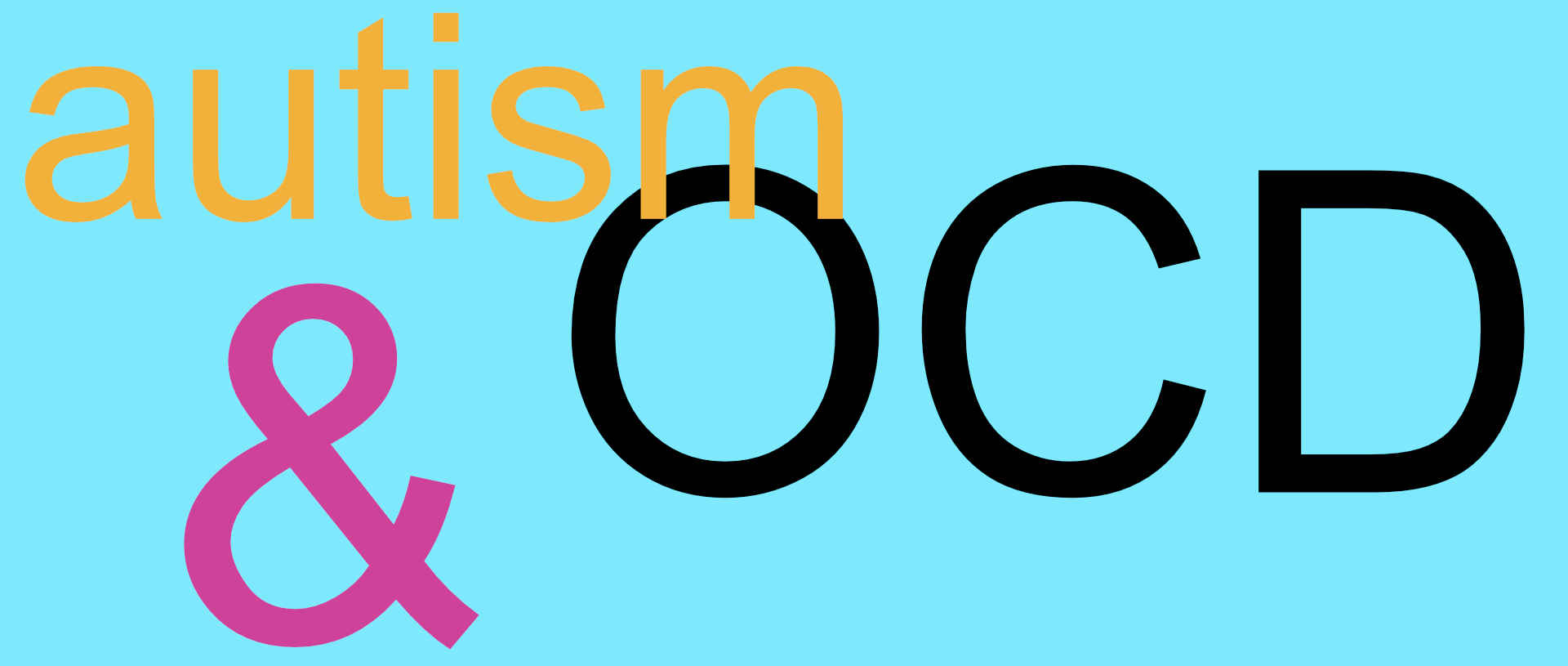

:max_bytes(150000):strip_icc()/what-are-the-different-types-of-ocd-2510663_color3-5b3f8fda46e0fb00370d01bf.png)

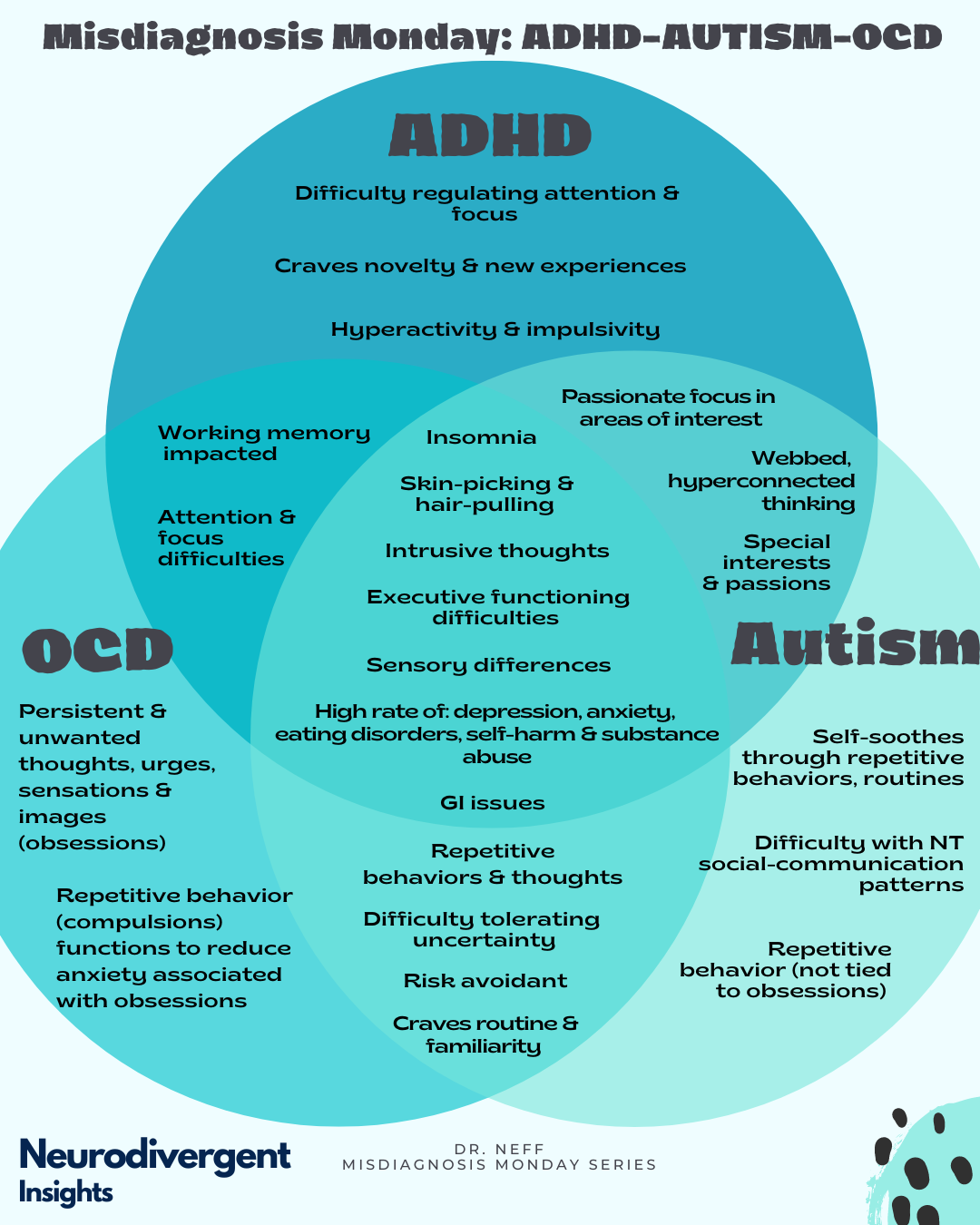


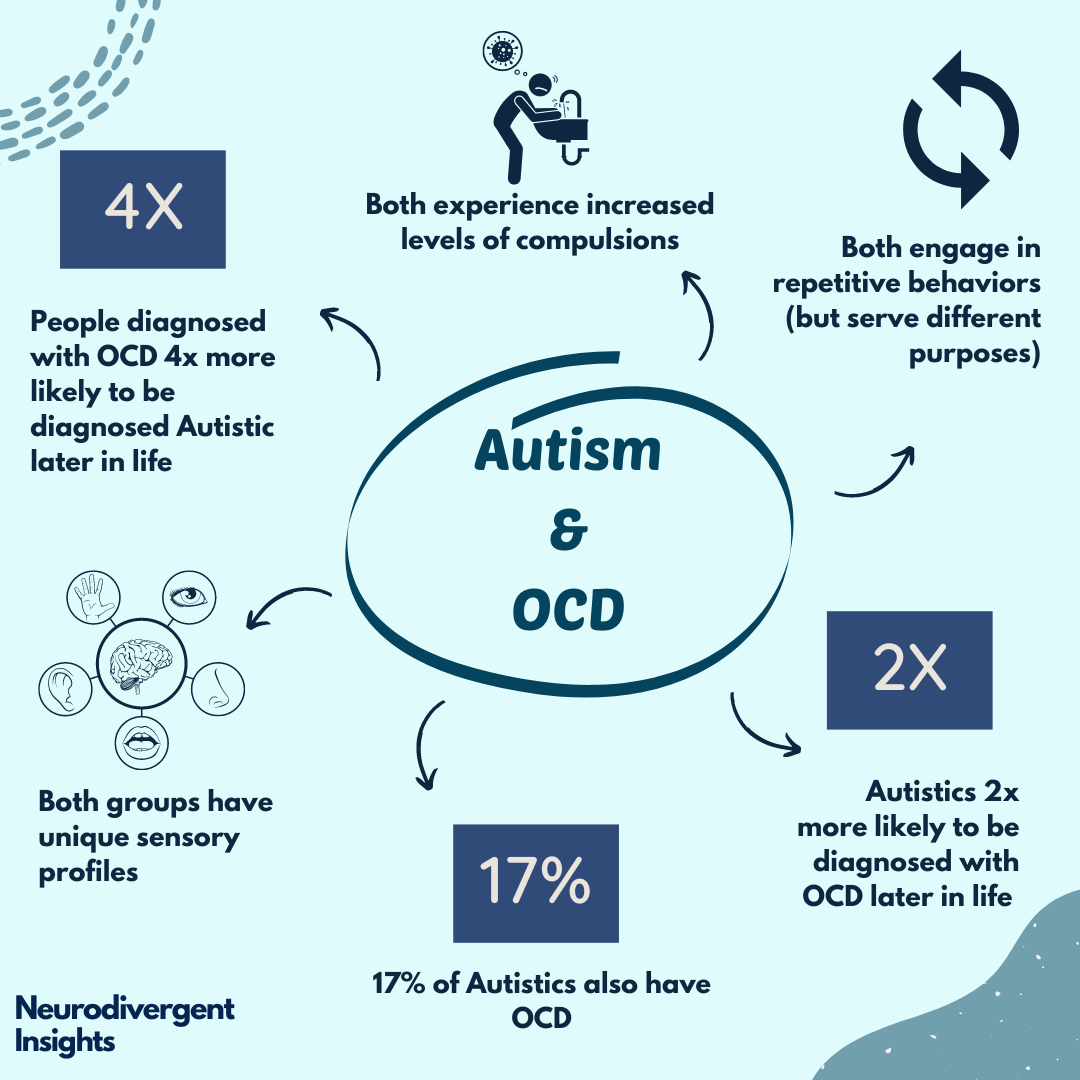
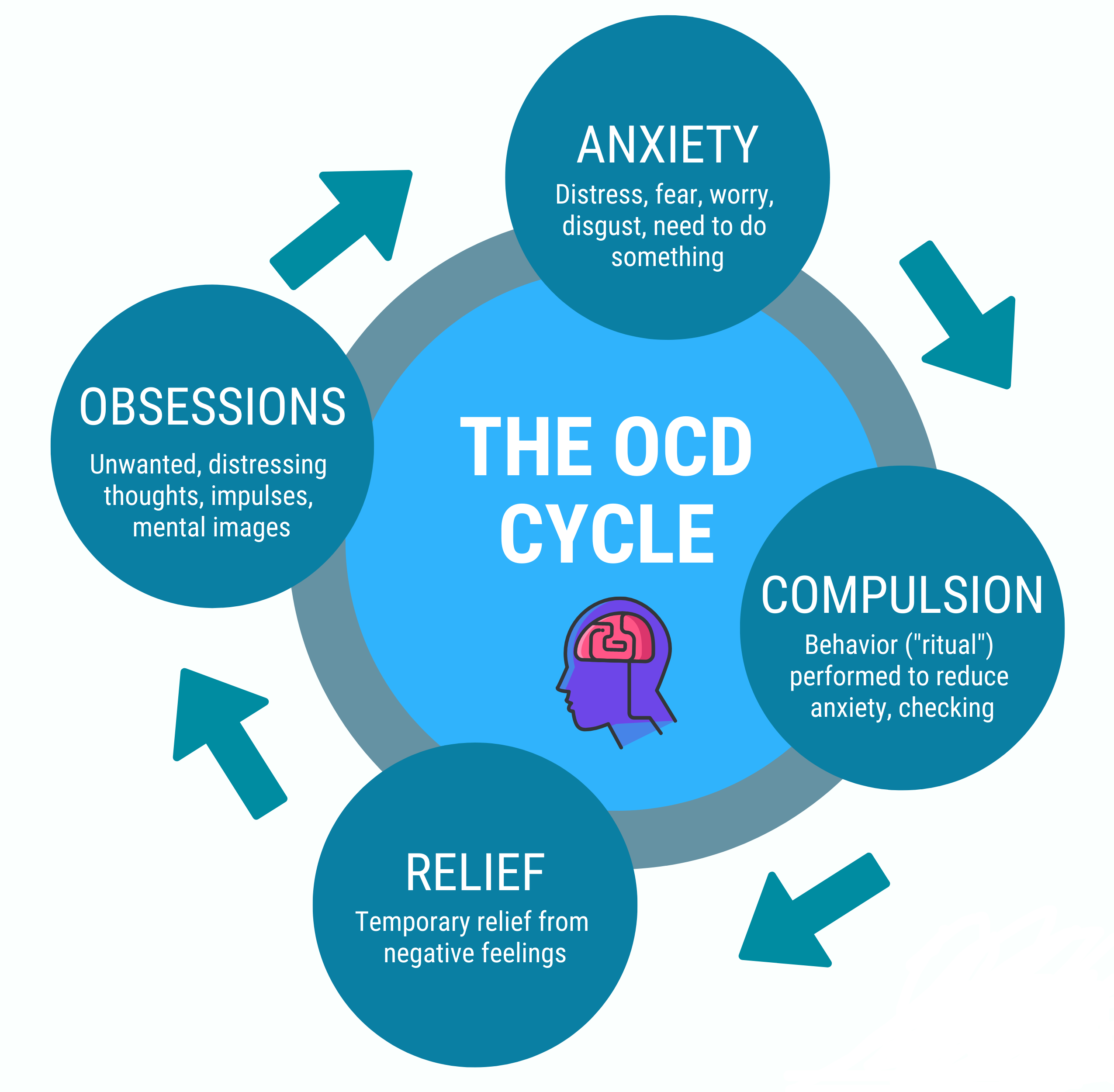
:max_bytes(150000):strip_icc()/what-is-severe-autism-260044-Final-1624a05bc38f43faa1b2d3e0e42f8d3d.png)
/ocd-vs-obsessive-compulsive-personality-disorder-2510584_final1-7a0e39769eb14891b359a19361468919.png)

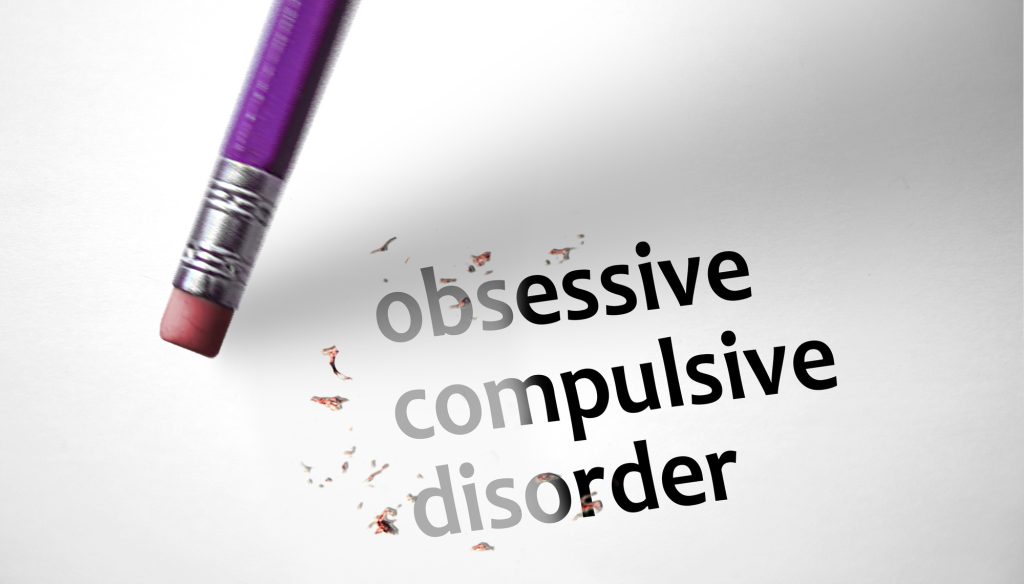
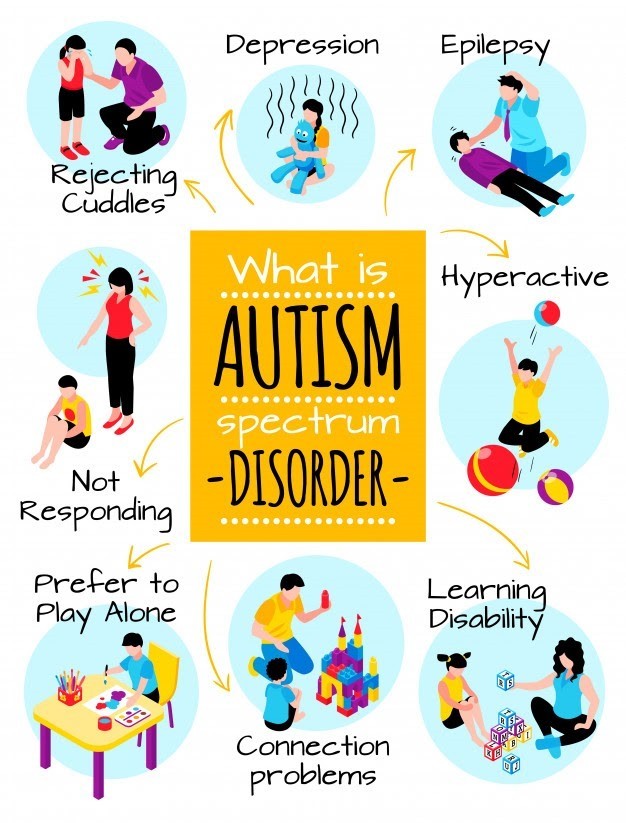
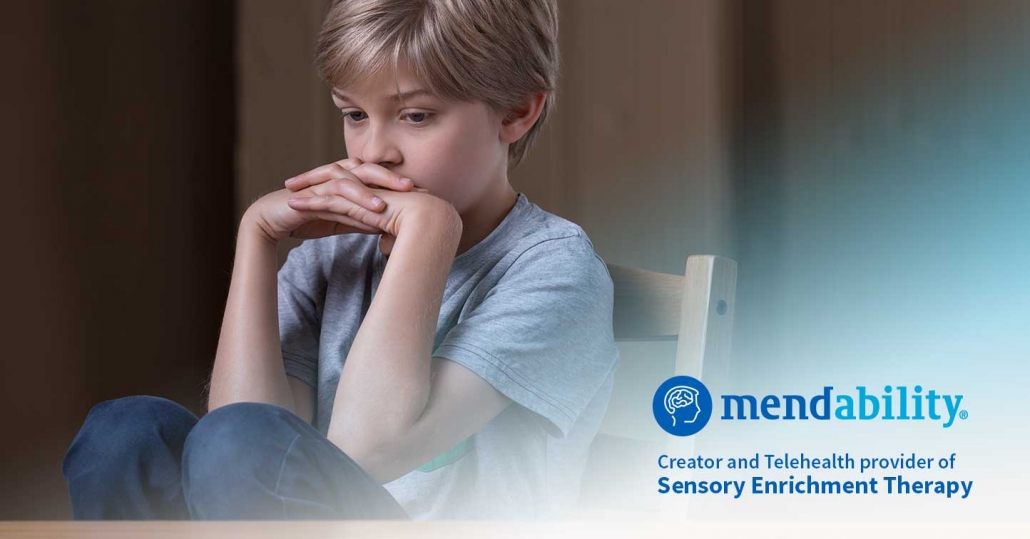
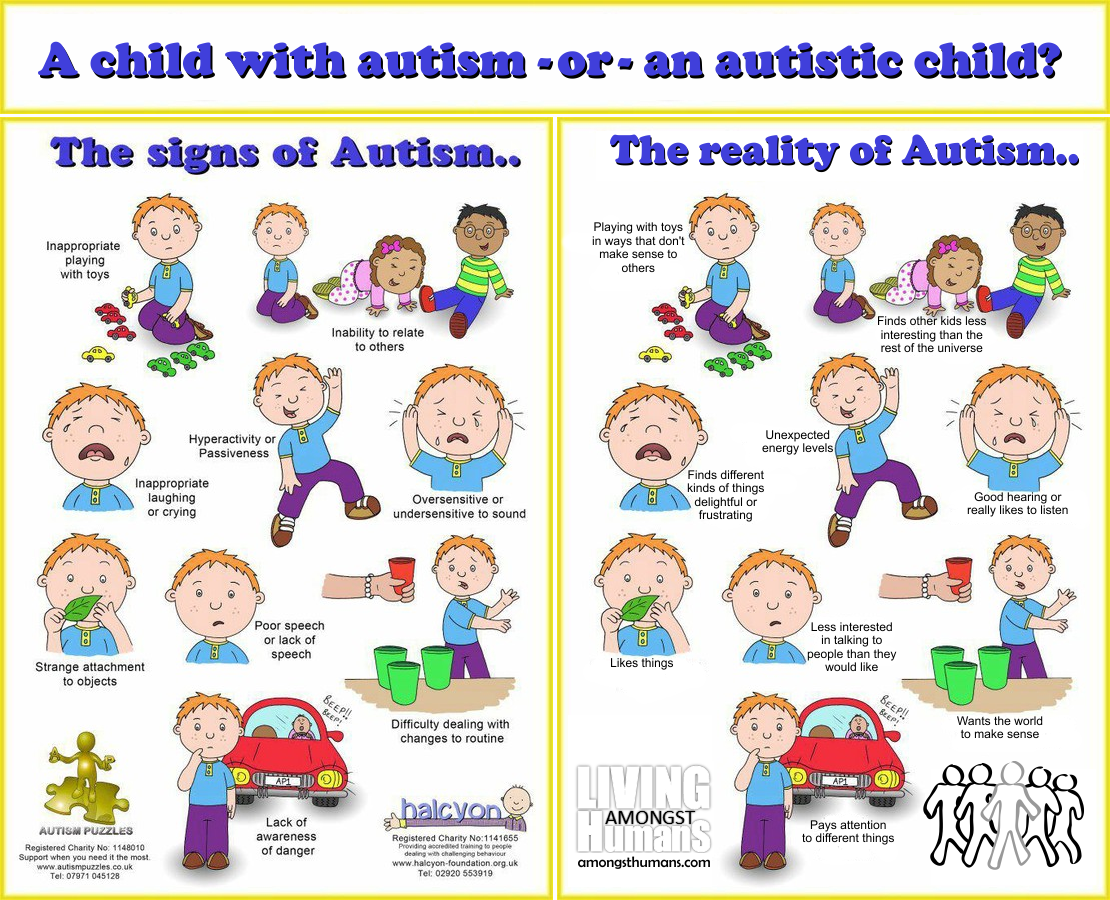

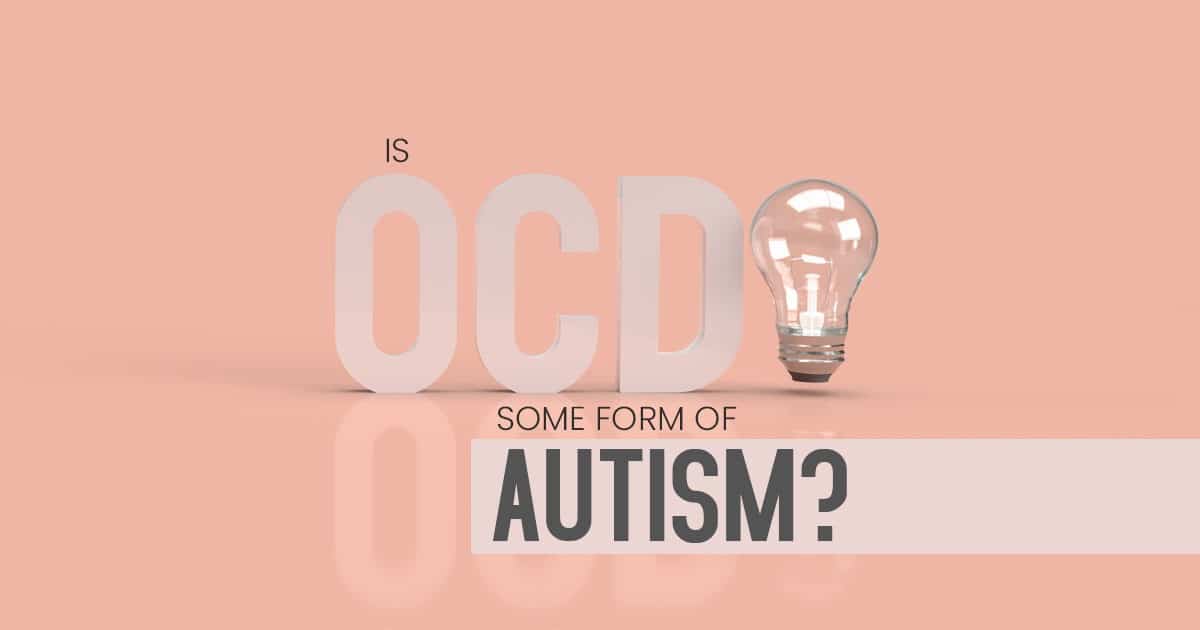

![ADHD vs Autism How to Spot the Difference [GRAPHIC] — Insights of a](https://images.squarespace-cdn.com/content/v1/60d2550de332b22f60eec9f4/adfecb7e-631d-48e8-9953-ef1fe7839d2b/Autism+(1080+×+1350+px)+(5).png)

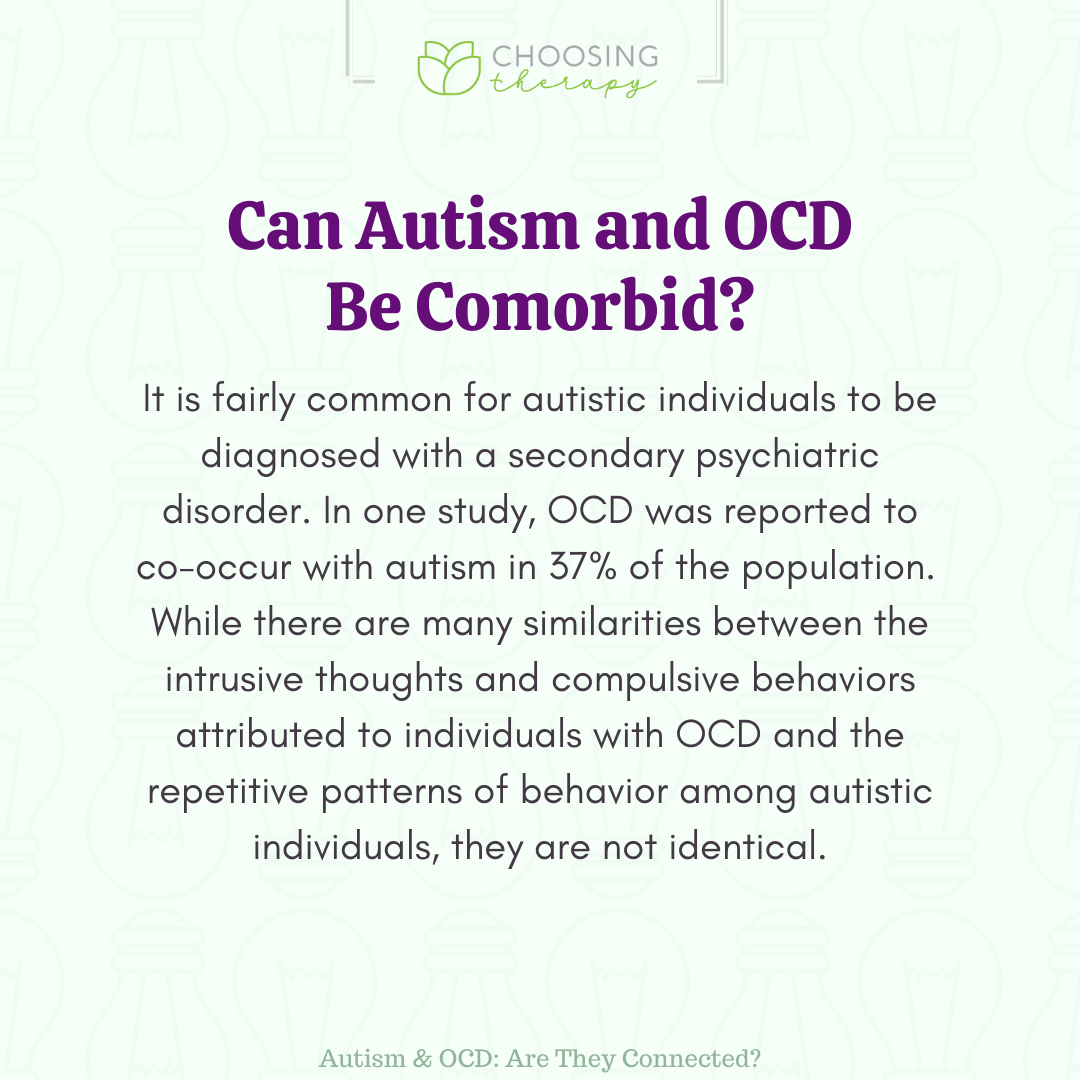
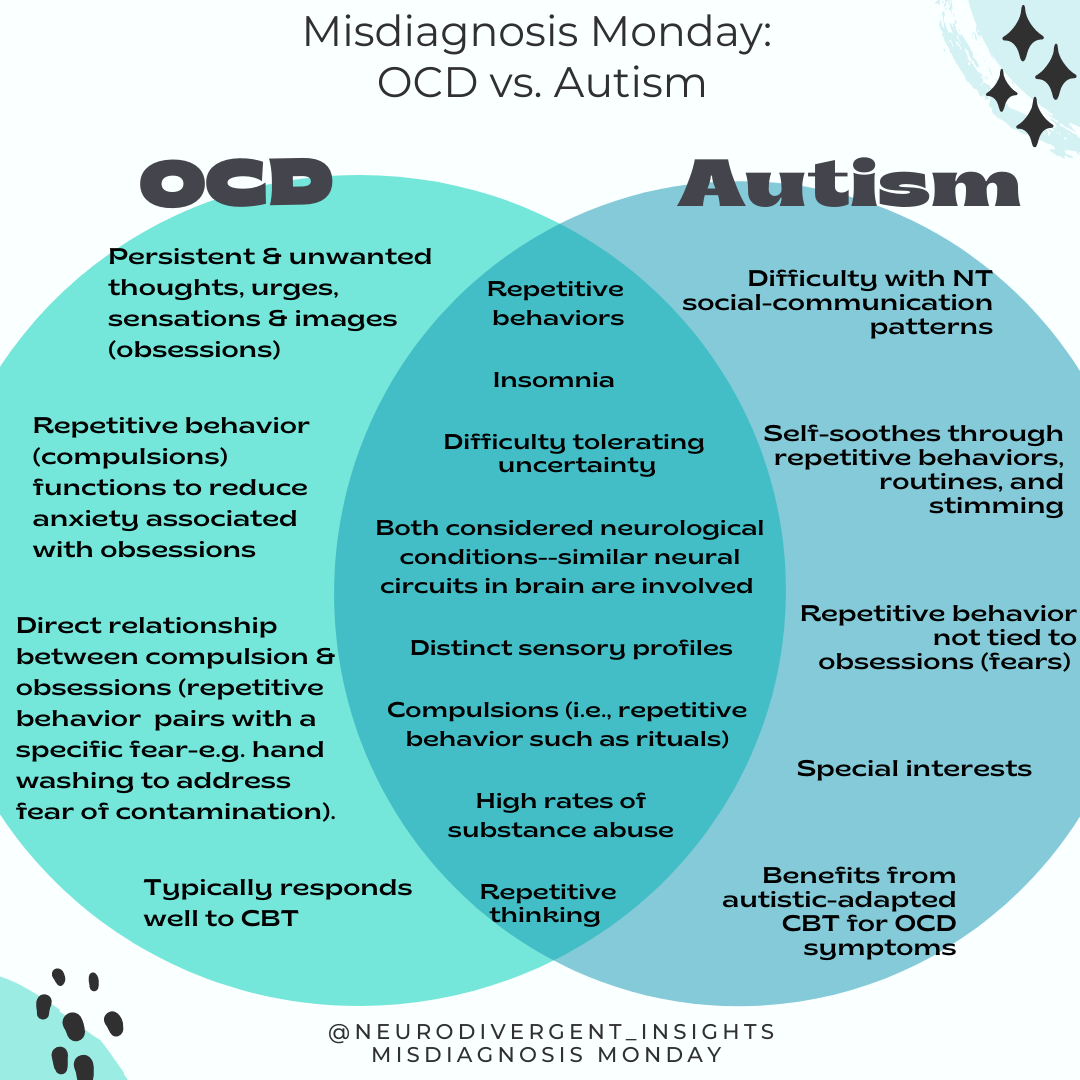.png)